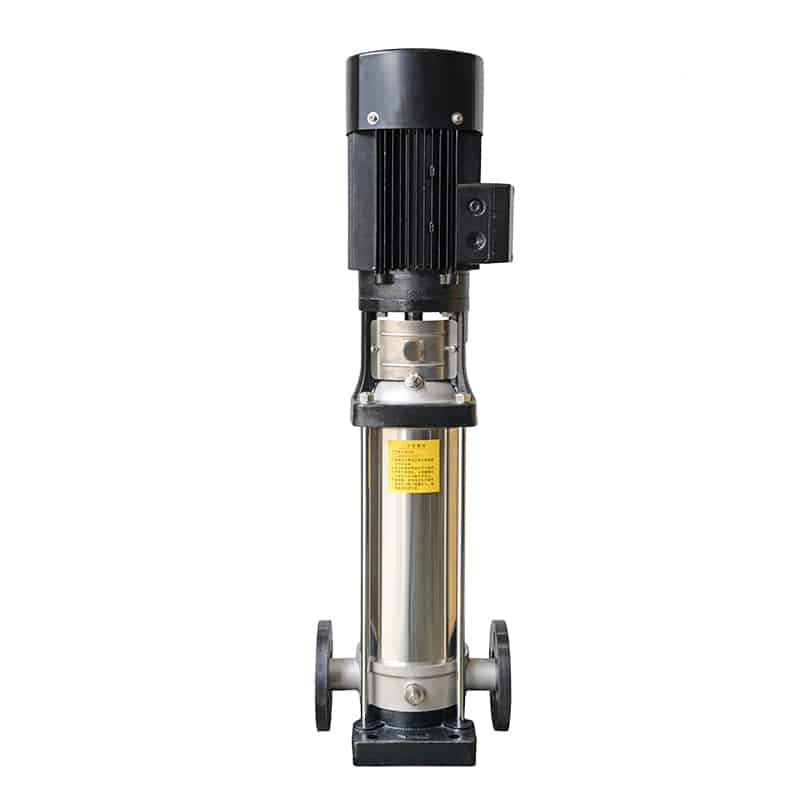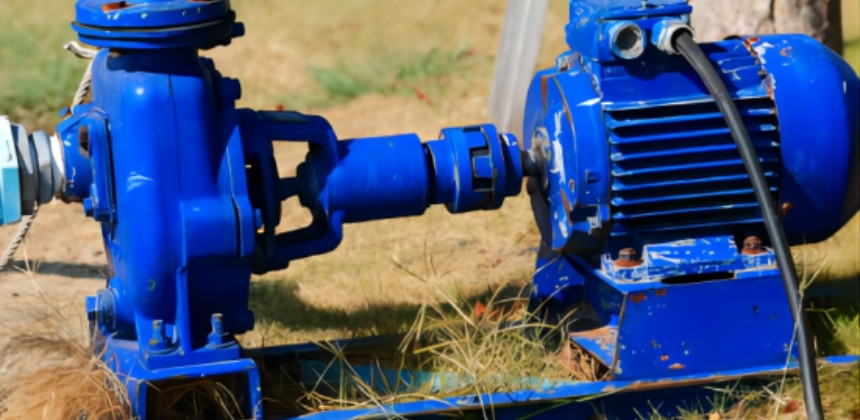Pump for Shear Thinning
In industry, pumps are one of the indispensable pieces of equipment used to transfer liquids, mixtures, suspensions, etc. However, in practice, many fluids exhibit non-Newtonian properties, including the phenomenon of shear thinning. Shear thinning is a common fluid phenomenon in which the viscosity of a fluid decreases with increasing shear rate when subjected to shear forces. This paper will provide insight into how the shear thinning phenomenon affects pump performance and the key factors that should be considered when selecting and designing a pump.
What’s shear thinning?
Shear thinning usually occurs in non-Newtonian fluids, which have a viscosity related to the shear rate. At lower shear rates, non-Newtonian fluids may exhibit higher viscosity, called shear thickening. However, as the shear rate increases, the interactions between molecules are overcome by the shear force, resulting in a decrease in fluid viscosity, a phenomenon known as shear thinning.
Effects of Shear Thinning
- Flowability enhancement: Shear thinning causes the viscosity of a substance to decrease, causing it to exhibit easier flow characteristics. This is important for many industrial applications, for example in lubricants, liquid foodstuffs and paint
- Reduced energy consumption: As shear thinning leads to a reduction in the viscosity of the substance, there is a corresponding reduction in the amount of energy required to move the liquid through the pipeline or equipment.
- Easier mixing and blending: Shear thinning makes it easier to mix and blend substances because the low viscosity makes the blending process more efficient.
- Improved processability: For substances that need to be processed or flowed, such as polymer solutions, paints and adhesives, shear thinning improves the processability and allows for smoother processing.
- Fluidity control: Although shear thinning results in a reduction in viscosity, in some cases the viscosity of a fluid can be adjusted by controlling the shear rate.
Pumps Working In Shear Thinning
When a pump applies shear (e.g., agitation, stirring, or pumping), it causes the alignment or rearrangement of fluid molecules or particles. In shear thinning fluids, as the shear rate increases, the molecular or particle structure within the fluid changes, resulting in a decrease in viscosity. This effect is usually reflected in a decrease in the viscosity of the fluid with increasing shear rate.
Relationship Between Shear Thinning And Shear Rate
There is a direct relationship between shear thinning and shear rate. At the same shear rate, the degree of shear thinning of the fluid can reflect the change in viscosity of the fluid.
| Aspect | Shear Thinning | Shear Rate |
| Definition | The phenomenon in which the viscosity of a fluid decreases when it is subjected to shear. | The amount of shear force per unit area exerted on a fluid. |
| Characteristics | As the shear rate increases, the fluid viscosity decreases. | Describes the state of motion of molecules or particles within a fluid. |
| Practical application | Polymer solutions in chemical processes | Crude oil transportation in the petroleum industry. |
| Measurement Methods | Rheometers, rotational viscometers, etc. | Pressure, flow rate and fluid property measurements. |
| Influencing factors | Chemical composition, temperature, pressure, etc. of the fluid. | Properties of fluids. temperature. shear. |
Pumps Suitable for Shear Thinning
Centrifugal Pump
Centrifugal pumps are one of the most commonly used pumps and also perform well when handling shear thinning fluids. They generate centrifugal force by rotating impellers to transport fluids from low-pressure to high-pressure areas. Since centrifugal pumps work with most fluids, they are usually suitable for shear thinning fluids as well.

Progressive Cavity Pump
A progressive cavity pump is a positive displacement pump that pushes fluid to the outlet through the rotation of a screw. Since progressive cavity pumps perform well in handling high viscosity fluids, they are also suitable for handling shear thinning streams. The design of the progressive cavity pump allows it to handle shear thinning fluids efficiently and it is capable of handling high viscosity fluids.

Agitators and agitated tanks can also be an effective treatment for certain shear thinning fluids. The shear forces generated through the agitator can promote shear thinning, making the fluid easier to pump or process.
Summary
Shear thinning, a common fluid characteristic, affects fluid behavior and performance in many industrial processes. When selecting a pump, it is critical to understand the shear thinning characteristics of the fluid to help ensure that the pump is able to effectively handle shear thinning fluids and achieve desired production goals.
AOBL is a manufacturer of pumps for water treatment, pumps for transporting a wide range of fluids and liquids, including a comprehensive line of diaphragm pumps, electromagnetic diaphragm pumps, sanitary diaphragm pumps, chemical pumps, and pump accessories.

